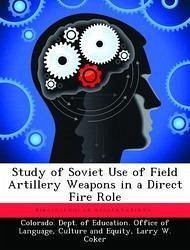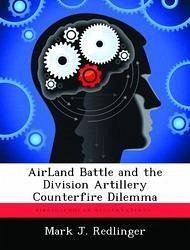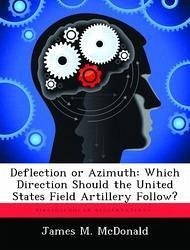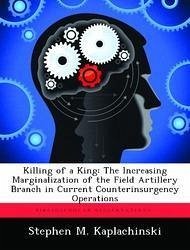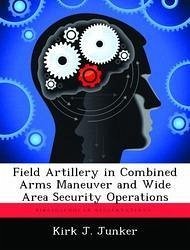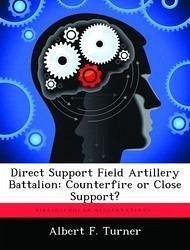
Direct Support Field Artillery Battalion: Counterfire or Close Support?
Versandkostenfrei!
Versandfertig in über 4 Wochen
52,99 €
inkl. MwSt.

PAYBACK Punkte
26 °P sammeln!
This monograph discusses the issue of the Direct Support Field Artillery battalion's participation in the artillery duel or counterfire battle. If conventional Mid- or High-Intensity war were to occur in central Europe, the United States would face an enemy bringing to the battlefield a massive quantitative superiority in artillery. The monograph examines the role of artillery on the battlefield and where it achieves the greatest payoff. The monograph first examines the historical underpinnings of artillery doctrine for both the United States and the Soviet Union. It then turns to a review of ...
This monograph discusses the issue of the Direct Support Field Artillery battalion's participation in the artillery duel or counterfire battle. If conventional Mid- or High-Intensity war were to occur in central Europe, the United States would face an enemy bringing to the battlefield a massive quantitative superiority in artillery. The monograph examines the role of artillery on the battlefield and where it achieves the greatest payoff. The monograph first examines the historical underpinnings of artillery doctrine for both the United States and the Soviet Union. It then turns to a review of the current doctrine and attack methodologies for both nations. It attempts to extend from the historical trends the basis of current doctrine. The study then conducts a case study applying the current doctrine in order to determine the ability of the United States forces to counter the Soviet threat using different artillery force combinations available to the maneuver brigade commander. Upon completion of the case study, an evaluation of the presented material is conducted. The monograph concludes that that artillery threat facing the United States is so large that to attack it with anything but all available forces risks defeat of the entire force. The study also concludes that there are weaknesses associated with the mass artillery Soviet tactics. Those weaknesses can be attacked. This will upset the rhythm of the Soviet attack and will then free friendly artillery to conduct close support for maneuver forces.



